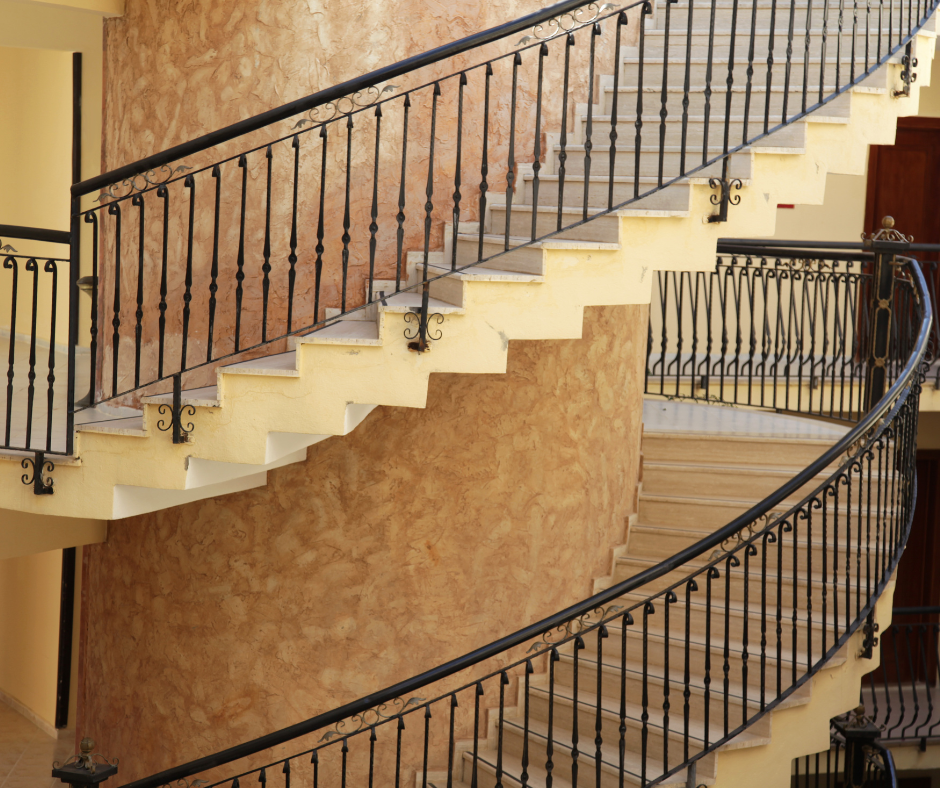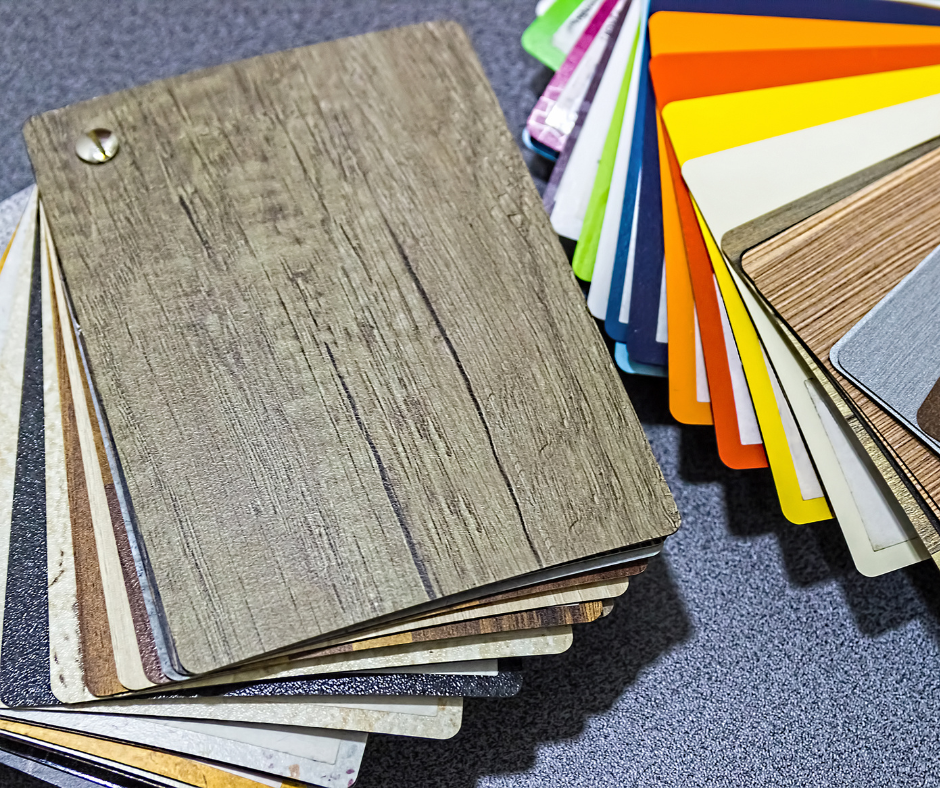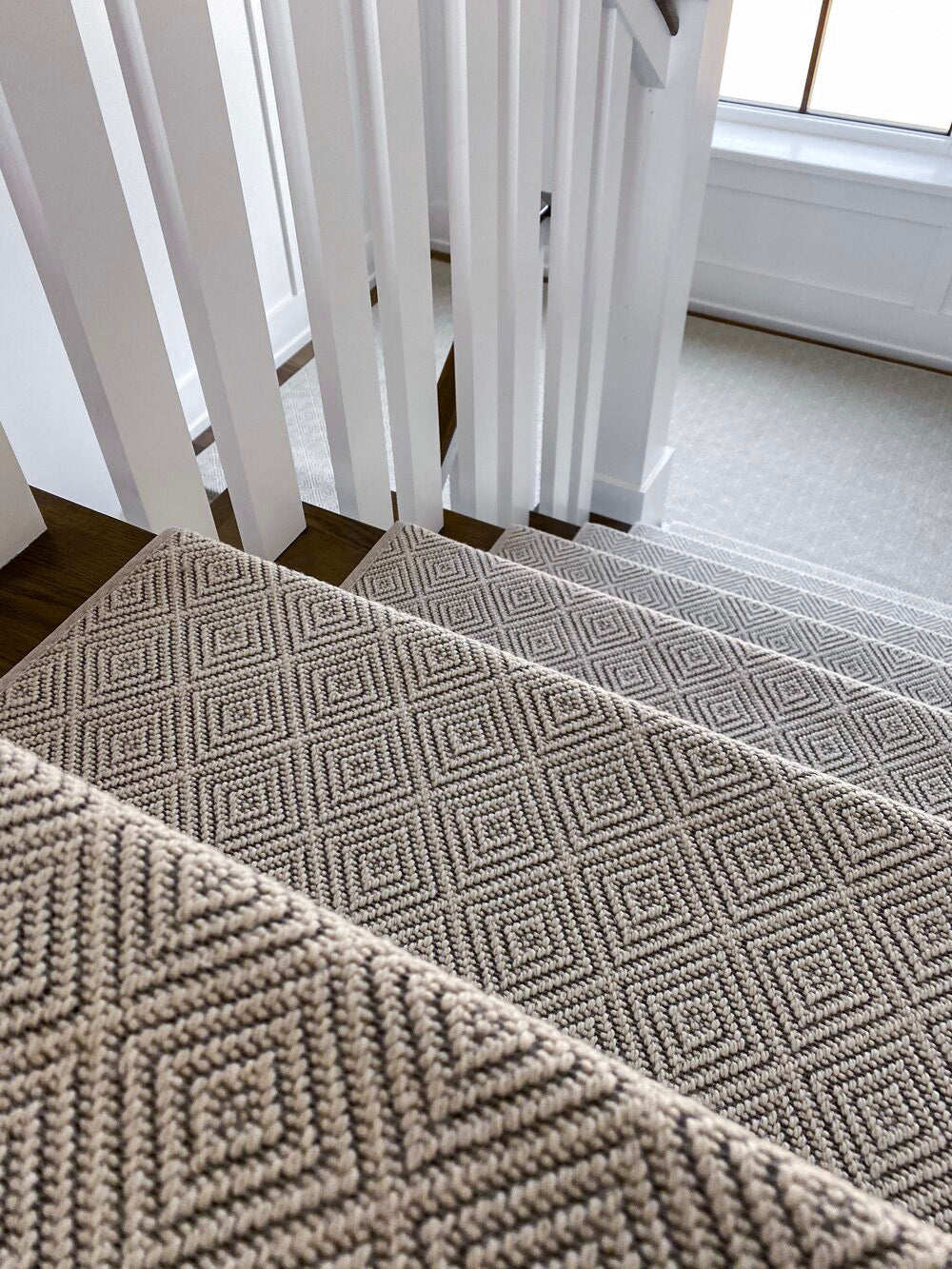Moulding for curved stair treads is essential for creating a seamless and elegant staircase.
It helps cover gaps between the tread and riser while adding structural support.
When paired with carpet stair treads, it enhances both safety and style.
Choosing the right moulding for curved stair treads ensures that your staircase remains durable and visually appealing.
Proper moulding prevents wear, reinforces stair treads, and creates a polished look.
Whether you are installing new treads or upgrading existing ones, moulding makes a noticeable difference.
What Kind of Moulding Works Best with Stair Treads?
Choosing the right moulding for curved stair treads is essential to ensure both style and function.
Two of the most commonly used moulding types for this purpose are quarter-round moulding and shoe moulding.
Quarter-Round Moulding: A Classic Choice
Quarter-round moulding is one of the most effective solutions for curved staircases.
It features a rounded profile that allows it to fit snugly along the edges of the treads and risers, creating a smooth and finished look.
-
Helps bridge small gaps between stair components
-
Provides additional protection for the edges of treads
-
Works well with both wooden and carpeted stair treads
-
Complements various interior design styles, from traditional to contemporary
This moulding type is especially useful when replacing curved stair treads, as it ensures that any minor gaps from the installation process are covered seamlessly.
Shoe Moulding: A Slim and Subtle Alternative
Shoe moulding is similar to quarter-round but has a slimmer profile.
It offers a refined look while providing the same structural benefits.
This type of moulding is perfect for homeowners who want a minimalist finish without drawing too much attention to the trim.
-
Fits well in tighter spaces where bulkier moulding might not work
-
Offers a subtle but effective way to enhance curved stair treads
-
Works well with modern and transitional stair designs
Both options are excellent choices for curved staircases.
However, the best selection depends on personal preference, the size of the gaps that need to be covered, and the overall design of the home.
The Importance of Moulding for Curved Staircases
Moulding for curved stair treads does more than just provide a visually appealing transition.
It plays a critical role in ensuring that the staircase remains durable and secure over time.
Enhances Structural Integrity
Stairs experience constant foot traffic, which can lead to minor shifts in the treads over time.
Moulding acts as a stabilizing element, securing the edges of the stair treads and reducing the likelihood of movement.
Protects Against Wear and Tear
Stair treads, especially on curved staircases, are exposed to friction and pressure daily.
Moulding provides an added layer of protection by covering exposed edges, preventing premature wear, and reducing the risk of damage.
Complements Carpet Stair Treads
For homeowners adding carpet stair treads to a curved staircase, moulding ensures that the transition between the carpeted tread and the riser remains smooth and professional-looking.
This prevents the edges of the carpet from fraying and enhances overall aesthetics.
How to Install Moulding on Curved Stair Treads
Installing moulding on curved stair treads requires precision and patience.
Unlike straight staircases, curved stairs demand more flexibility in the materials and a careful approach to ensure a snug fit.
Step 1: Measure and Cut the Moulding
Accurate measurements are crucial for a seamless installation.
Use a flexible tape measure to follow the curve of the stairs and mark the moulding accordingly.
If needed, create a paper template to ensure the best fit before cutting.
When cutting the moulding, use a miter saw for straight edges and a coping saw for more intricate curves.
Step 2: Secure the Moulding to the Staircase
Once the moulding is cut to size, attach it to the stair treads using wood glue or a strong adhesive.
To ensure a firm hold, press the moulding against the stairs and secure it temporarily with clamps.
After the glue sets, reinforce the moulding with finishing nails placed at regular intervals along the curve.
Step 3: Fill Gaps and Finish the Surface
Since curved staircases are rarely uniform, small gaps between the moulding and the treads may appear.
Fill these gaps using wood filler or caulk for a smooth, seamless finish.
Once dry, sand the surface lightly and apply a stain or paint to match the existing staircase design.
Replacing Curved Stair Treads: What You Need to Know
Curved stair treads can wear down over time, requiring replacement to maintain both safety and aesthetics.
The process may seem challenging, but with the right approach, it’s manageable for homeowners or contractors.
Step 1: Remove the Old Tread
Carefully pry off the old tread using a crowbar or putty knife.
If the tread is glued down, apply gentle pressure to avoid damaging the surrounding structure.
Step 2: Cut the New Tread
Use the old tread as a template to cut the new one.
If the staircase has an irregular curve, create a cardboard pattern first.
Precision is key to ensuring a snug fit.
Step 3: Secure the New Tread in Place
Apply adhesive along the stringer and place the new tread down.
Press firmly and use clamps to keep it steady while the glue dries.
Finish by securing it with nails or screws.
For added durability, installing moulding for curved stair treads will help reinforce the structure while improving the staircase’s overall appearance.
How Do I Install Carpet Stair Treads on Curved Stairs?
Adding carpet stair treads to curved stairs enhances safety, comfort, and design.
However, installation on a curved surface requires additional care.
Step 1: Select the Right Carpet Treads
Choose flexible carpet treads designed for curved stairs.
Avoid rigid materials that won’t conform to the shape of the staircase.
Step 2: Clean the Stair Surface
A clean surface ensures better adhesion.
Wipe down the stairs to remove dust, dirt, and debris.
Step 3: Apply the Adhesive
Use a high-quality double-sided tape or adhesive strips to secure the carpet tread.
Start from the center and press outward to prevent wrinkles.
Step 4: Adjust for the Curve
Smooth the carpet tread along the front edge of the step, ensuring a tight fit without bunching.
If needed, trim the edges to maintain uniformity.
Step 5: Secure the Edges
For additional reinforcement, use a staple gun along the edges.
Make sure the staples lie flat to prevent tripping hazards.
Best Materials for Moulding on Curved Stair Treads
Choosing the right material for moulding is essential for durability and aesthetics.
The material you select should be flexible enough to follow the stair’s curve while maintaining a strong and polished finish.
Wood Moulding: A Classic and Durable Choice
Wood moulding is a popular option due to its timeless appeal and strength.
It can be stained or painted to match the staircase, making it a versatile choice.
Hardwoods like oak, maple, and cherry provide excellent durability, while softer woods like pine are easier to shape for curves.
Pre-bent or steam-bent wood moulding can be used to fit the natural shape of curved staircases without excessive cutting.
Flexible PVC and MDF Moulding: Ideal for Custom Shapes
For curved staircases, flexible moulding materials like PVC and medium-density fiberboard (MDF) are excellent alternatives to wood.
These materials can bend without cracking, making them perfect for intricate stair designs.
PVC is also moisture-resistant, which is beneficial in high-humidity areas.
MDF is affordable and easy to work with, but it requires a high-quality finish to maintain its appearance.
Stepping It Up
Installing moulding for curved stair treads is a simple way to improve the look and durability of your staircase.
It ensures a clean transition between steps while protecting against long-term wear.
Combined with carpet stair treads, it enhances safety and provides a refined finish.
Whether you are replacing stair treads or installing new ones, choosing the right moulding is essential.
A well-fitted moulding brings everything together, making your stairs look high-end and well-crafted.
For premium stair solutions, explore Oak Valley Designs’ high-quality stair treads and moulding options.
Contact Us Today!
-
Website: https://oakvalleydesigns.com/
-
Phone: 706.331.0315
-
Email: info@oakvalleydesigns.com
-
Address: 30 River Ct SW Bldg E Cartersville, Ga 30120



